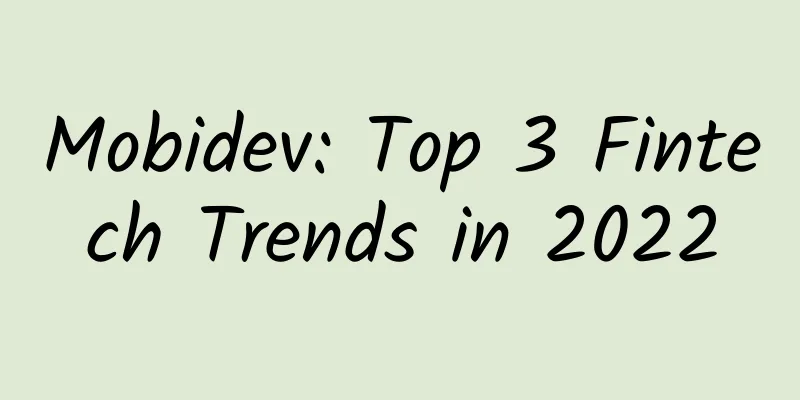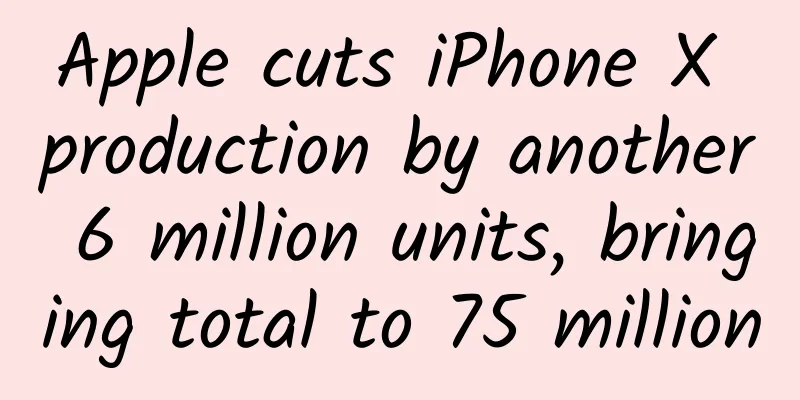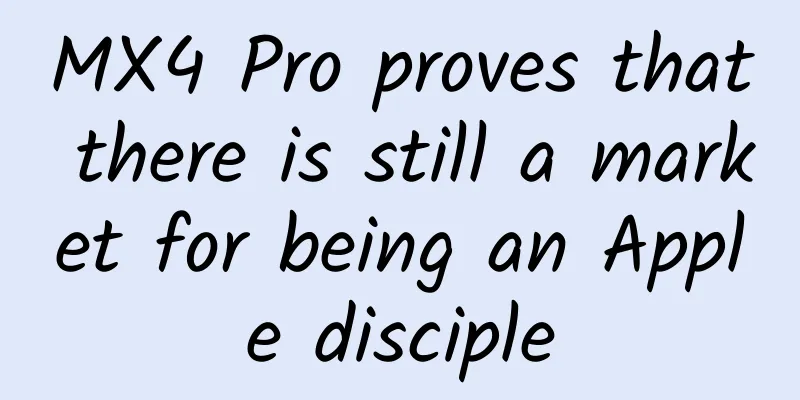Mobidev: Top 3 Fintech Trends in 2022

|
As one of the most disruptive industries, FinTech has significantly changed the way we interact with financial companies over the past decade, and it’s not stopping there. Every year brings innovations designed to meet ever-increasing customer expectations. That’s why it’s imperative that business owners and executives understand where we are now and where things are headed in financial technology to stay relevant and competitive. Three major trends in the global fintech market in 2022 Before we delve deeper into specific FinTech sectors, let’s take a look at the general FinTech market trends that are changing the game in the FinTech industry. 1. WEB3.0 and blockchain provide security and decentralization With lofty promises and ambitious visions for the future of the Internet, Web3.0 technology and blockchain have exploded around the world. Consumers are increasingly favoring ownership of digital goods, thanks to non-fungible tokens (NFTs) and cryptocurrencies. Blockchain is precisely the technology that supports this virtual space economy by maintaining excellent security and providing the necessary financial infrastructure. While cryptocurrency is a payment method, NFT is a reliable proof of ownership of a specific digital asset. 2. Artificial intelligence makes financial operations smarter Fintech solutions involve a lot of data, and when it comes to processing all of this data, there is no better technology than artificial intelligence. Specifically, machine learning, artificial intelligence helps in many areas of fintech, such as risk management, fraud prevention, reducing operational costs through optimization, personalizing the banking experience, and automating workflows for team members and customers. 3. Embedded finance expands service scope Another top fintech trend is embedded finance, which integrates financial technology into non-financial products. For example, when checking out on a website, users can choose to buy goods in installments. Another application is the option to add insurance to items such as cars or electronic devices at checkout. As a result, this can increase conversion rates, generate more valuable data, and improve the competitiveness of products. The PDF version will be shared on 199IT Knowledge Planet, just scan the QR code below! |
<<: Future Forum: Man-Made Cellulose Fibers 2030
Recommend
How to attract traffic on both online and offline platforms? Share a few tips!
Competition among Internet products is becoming i...
Tesla's self-driving car test: It really can go "blind"
Researchers recently tested Tesla in the laborator...
Toutiao’s information flow ads do not support oCPC. What is the motivation behind this?
I wrote an article about Toutiao before, which wa...
Baiyang SEO Precision Drainage Issue 3
This course is from Baiyang's course worth 2,...
Color: Six major mysteries of Google Play
When I saw the title and the word "cai"...
I heard that you are also in product operation and have covered one million users in three months!
Introduction: Qiushibaike.com is a famous original...
How can gaming products increase their first batch of seed customers?
When operating seed users , the operation will ha...
Is Nokia dead? It just announced a 15.6 billion euro acquisition of Alcatel-Lucent to challenge Huawei?
[[131882]] It's been a long time since we hea...
How to memorize words: International Phonetic Symbols + Phonics
: : : : : : : : : : : : : : : : : : : : : : : : : ...
Poppy looks like a vegetable and you can't really tell them apart? Be careful not to break the law!
recently Public Security Bureau of Dangyang City,...
Feeling dizzy and having pain in the neck? Don't ignore it, it may not be cervical spondylosis
Mr. Li is a 45-year-old senior corporate manager....
Seven questions to clarify the whole story of "WeChat charging"
Wang Yunhui, Technology Studio, China Business We...
How did “Her Community” win tens of millions of users in four months?
Anti-counterfeiting startups have now become an e...
What is Server Load Balancing and how much does it cost to rent one?
What is Server Load Balancing and how much does i...
Internet advertising promotion planning methods!
What is planning? Planning is to simplify complex...









